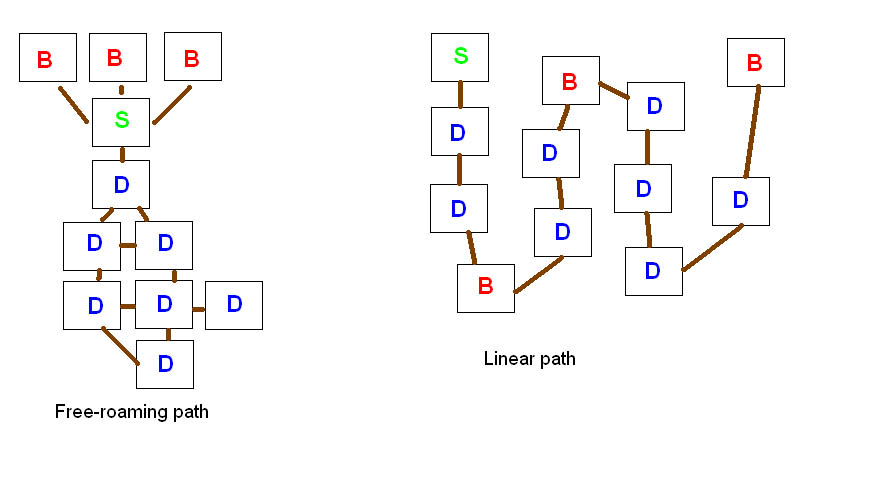ProjectProposal-Hao Luo
From CS 160 Fall 2008
Contents |
Target User Group
The target user group for my project can range from elementary school students to high school and even college students. The users should be students taking a math class or studying math in some medium, although the basic idea behind the project can be expanded to cover other educational areas such as languages.
Problem Description
In education, especially math, there are problems in generating interest among students. Furthermore, learning math revolves around practicing math, and doing tedious, repetitive problem sets. This combine to make math the most hated and least enjoyable subjects in school for many students. These students tend to shy away later on in life from math and science. Even many students who excel in math see it as dry and tedious.
Problem Context and Forces
There have been many attempts at math games in the past to try to combine math and fun. The problem is that such games either focus too much on fun, and there is not enough actual practice in doing math, or there is too much problem-solving and the game fails to engage or interest the player. In short, such a game is a thinly veiled math class hidden behind colorful but superficial interfaces. Such attempts are still an improvement over the traditional classroom involving a lecturer and chalk, which is even less engaging.
With the growth of the gaming industry, more and more students are choosing to put more time into games because they are more entertaining and immersive. Unless we can make learning math just as interesting if not more so, it simply cannot compete with the entertainment that are available today such as television or video games. Even if a student chooses to study math it is usually in order to satisfy his parents or to perform well in school, not because the experience itself is enjoyable. As such, a student with such a mindset cannot learn math in the most efficient manner.
Solution Sketch
What we need is an educational game that makes the chore of doing problem sets fun and addictive. The solution is to model it after an RPG (role-playing game). In such games, the player takes on a character who battles enemies, gains experience, and grows stronger as the game progresses. Such games also usually include a deep story which allows the player to grow attached to his character in the game, allowing for a more rewarding experience when the player levels up his character and watch it grow stronger. In fact, a popular term used to describe leveling up characters in such games is "grinding." The word itself implies that leveling up is a chore and it is repetitive, yet it can also be highly addictive because leveling up provides the player with a rewarding experience and also allows the player to progress further in the game. This is the exact solution we need to solve our problem.
To implement this well we need to understand the appeal behind grinding and why players do it. Usually they meet an obstacle in the game (usually a boss character) which they are not strong enough to bypass, and they must resort to grinding to get stronger. The motivation comes in the rewarding feeling of eventually defeating the boss after leveling your character. As such, the boss fights should be fun, and not involve solving math problems. They are the reward for grinding; they cannot be grinding itself. In order to defeat boss characters, the player must journey through dungeons with monsters that they battle by solving math problems. Each dungeon can have its own theme, which corresponds to a particular topic in math.
Another important element of RPGs is weapons and armor. Getting better weapons and armor is akin to leveling up but involving actual objects. There is a great amount of appeal, especially within the hardcore gaming community, to obtain the best weapon and armor in the game, despite what tedious chores the player needs to go through to obtain them. We can use this to our advantage. For example, hide weapons and armors in treasure chests, which can only be opened by solving a math problem. The better the weapon, the harder the problem.
The game can be organized into either a free-roaming path or a linear path. In a free-roaming path, the player can engage in all the boss characters at the start of the game. But in order to grow strong enough to defeat them, the player must level up in the dungeons, which are all connected to each other. This gives the player motivation right from the start of the game to level up. The linear path dictates that the player visits the dungeons and boss characters in a pre-determined manner. The benefits of this configuration is that it better fits the storytelling portion of the game and creates a more immersive experience.

